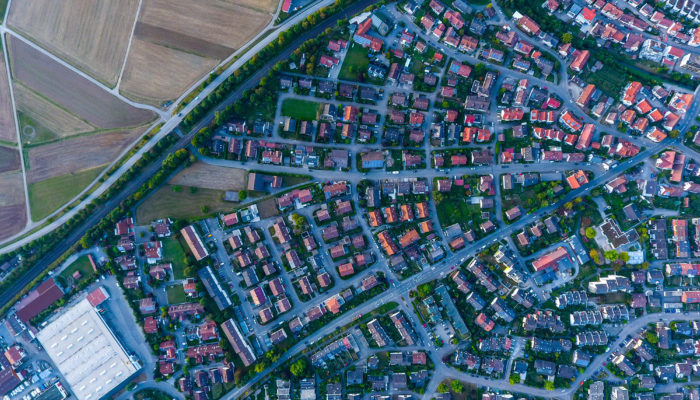
In the first few months of this year I’ve spent a significant portion of my time talking to stakeholders – politicians, transport operators, business leaders, sometimes journalists – about Transport for the South East. Almost every time, I’ve been asked the same question: “So, what’s your ‘big scheme’?”
It’s a natural thing to ask. Building roads and railways has been a reliable path to growth in the UK for the last 200 years. But, for me, the fact that the same question came up each time, also underlines the extent to which we need to evolve our thinking in this country around how transport can best support economic growth – particularly if we’re to deliver a genuinely sustainable future.
Another phrase which crops up with regularity from organisations across the public and private sectors is around creating a ‘bigger, better’ transport network. It’s become so ubiquitous that we rarely stop to think about the assumption it entails – that ‘bigger’ and ‘better’ are, to all extents and purposes, two sides of the same coin. Of course, I recognise that in some cases that’s absolutely true. But the starting point for our transport strategy at Transport for the South East is to put that assumption to one side, to think afresh about what ‘better’ really means for our region and how we can best deliver that for people and businesses, now and in the future.
We’re starting from a strong position, undoubtedly. The South East is already a powerful motor for national prosperity, adding more than £200 billion to the UK economy – more than any region outside the capital. Our transport network is nationally and internationally significant, taking in Gatwick and Heathrow airports as well as Dover, Southampton and Portsmouth ports. Our rail connections – including the UK’s only existing high speed railway – link the region with the capital, the rest of the country and continental Europe. We are the home of many national and international companies, alongside a large number of thriving, innovative SMEs.
But we face a real challenge. Despite these enviable foundations – and in some cases because of them – parts of our infrastructure are operating beyond capacity and are unlikely to sustain ongoing growth. We know that investment in road and rail infrastructure is needed to make life easier for our residents and businesses, and that new housing provision risks being hampered by the lack of adequate transport infrastructure. In our coastal communities, lack of access to areas of employment and further education and higher education are major contributors to high unemployment and poor productivity.
This is why Transport for the South East is vital for our future prosperity, providing a strong regional voice to influence investment in our strategic infrastructure and enable sustainable economic growth across the South East and beyond.
Our transport strategy, due to be published for consultation in the autumn, will set out how we can deliver transformational change in the South East, creating three million new jobs and growing the region’s economy by up to £500bn by 2050.
It will look across different forms of transport and reflect the ways in which attitudes and technology have changed – and will continue to change – how people think about and access transport services.
It will look at how we move freight into, out of and around the South East as our economy changes and grows and how better connected ports and airports can support a thriving, internationally facing UK economy.
It will look at the high-growth sectors of our region’s economy and identify how targeted investment in transport infrastructure can support them to grow further, while also improving access to jobs and skills in our most deprived areas.
It will seek to embrace the opportunities presented by emerging technologies to improve travel and will consider a future where connected and autonomous vehicles are part of our everyday lives.
And it will include a targeted investment plan that provides for private as well as public funding, reducing the burden on the public purse and ensuring that our plans can be delivered efficiently and effectively for the benefit of people and businesses.
The prize for all this is huge – not just in terms of the economic growth that investment can unlock or the improved opportunity and quality of life for our residents, but also in terms of the legacy we leave for the future. Our infrastructure plans will seek to balance the needs of our communities, transport users and our natural environment, making sure we invest sustainably. That means working to reduce the transport network’s greenhouse gas emissions and recognising that integrated transport planning and demand management could in some instances offer a better alternative to expanding our road network.
These are not small challenges and we are clear that we cannot solve them alone – but we firmly believe that this is the right approach to deliver truly sustainable growth in the South East.
About the Author
This post was written by Rupert Clubb. Lead officer at Transport for the South East and Director of Communities, Economy and Transport at East Sussex County Council
